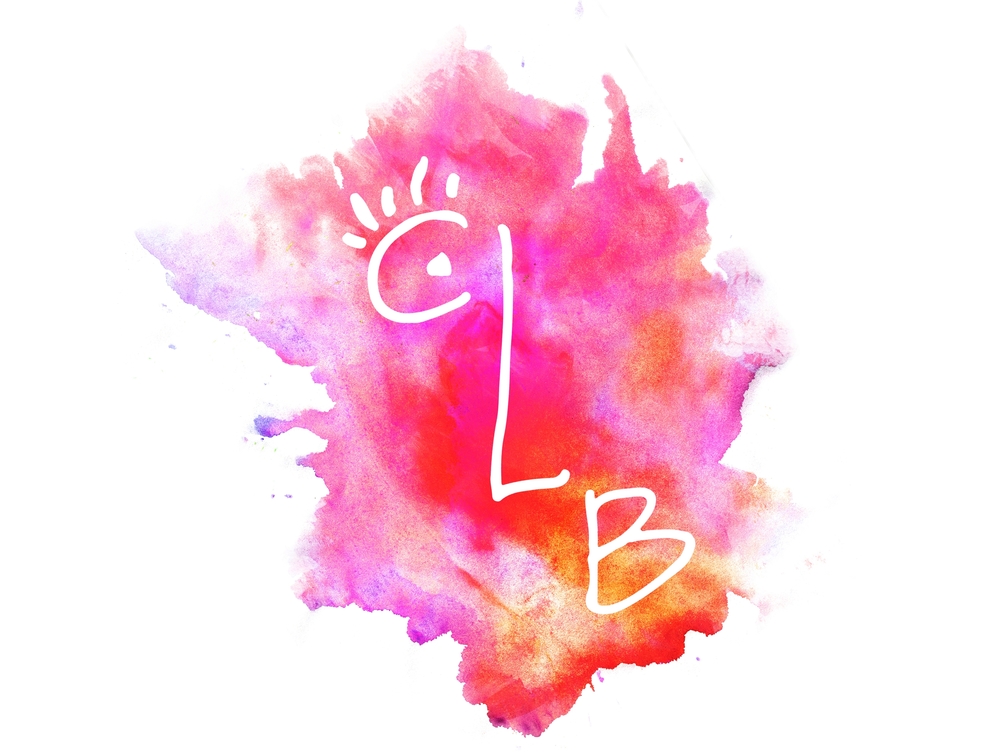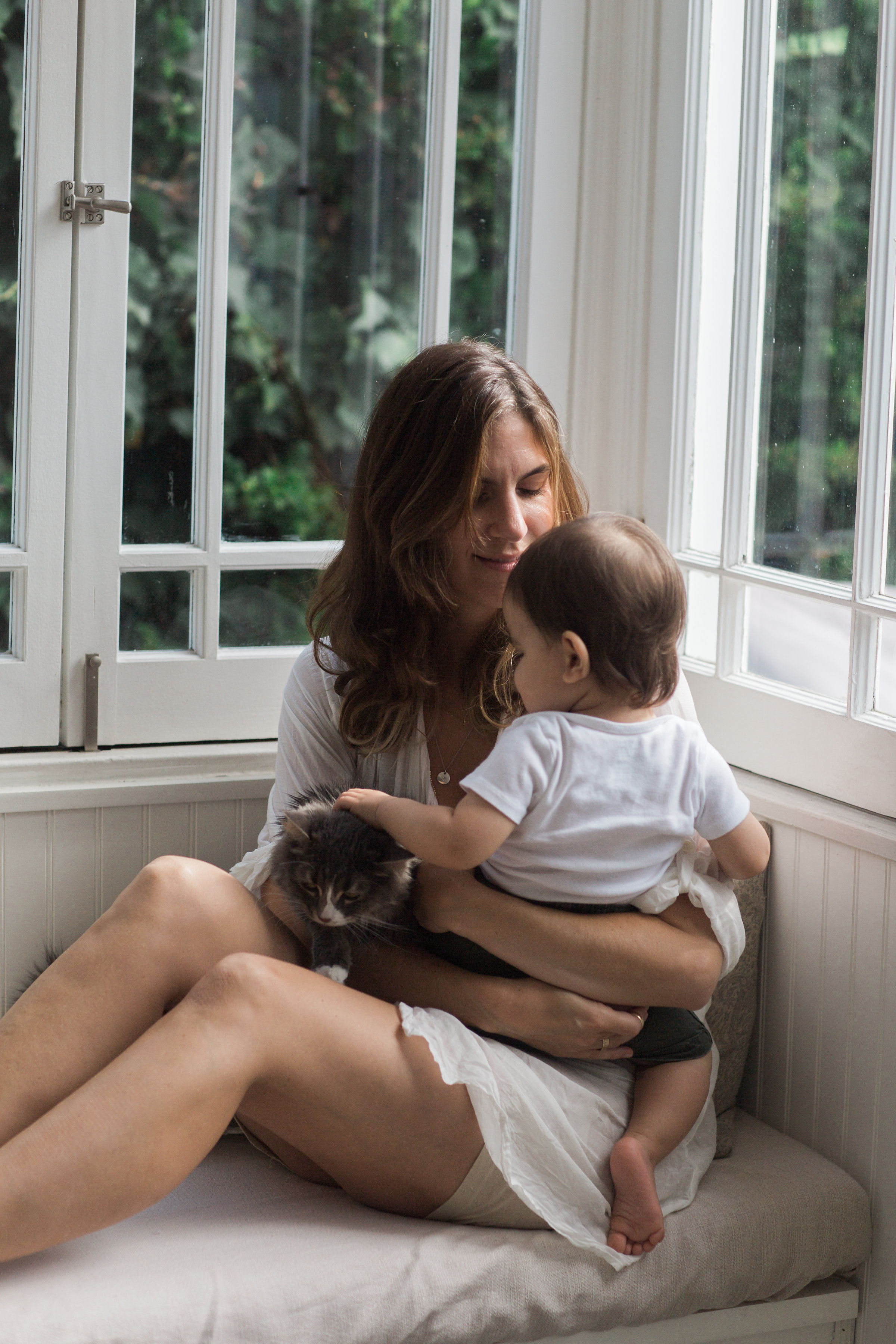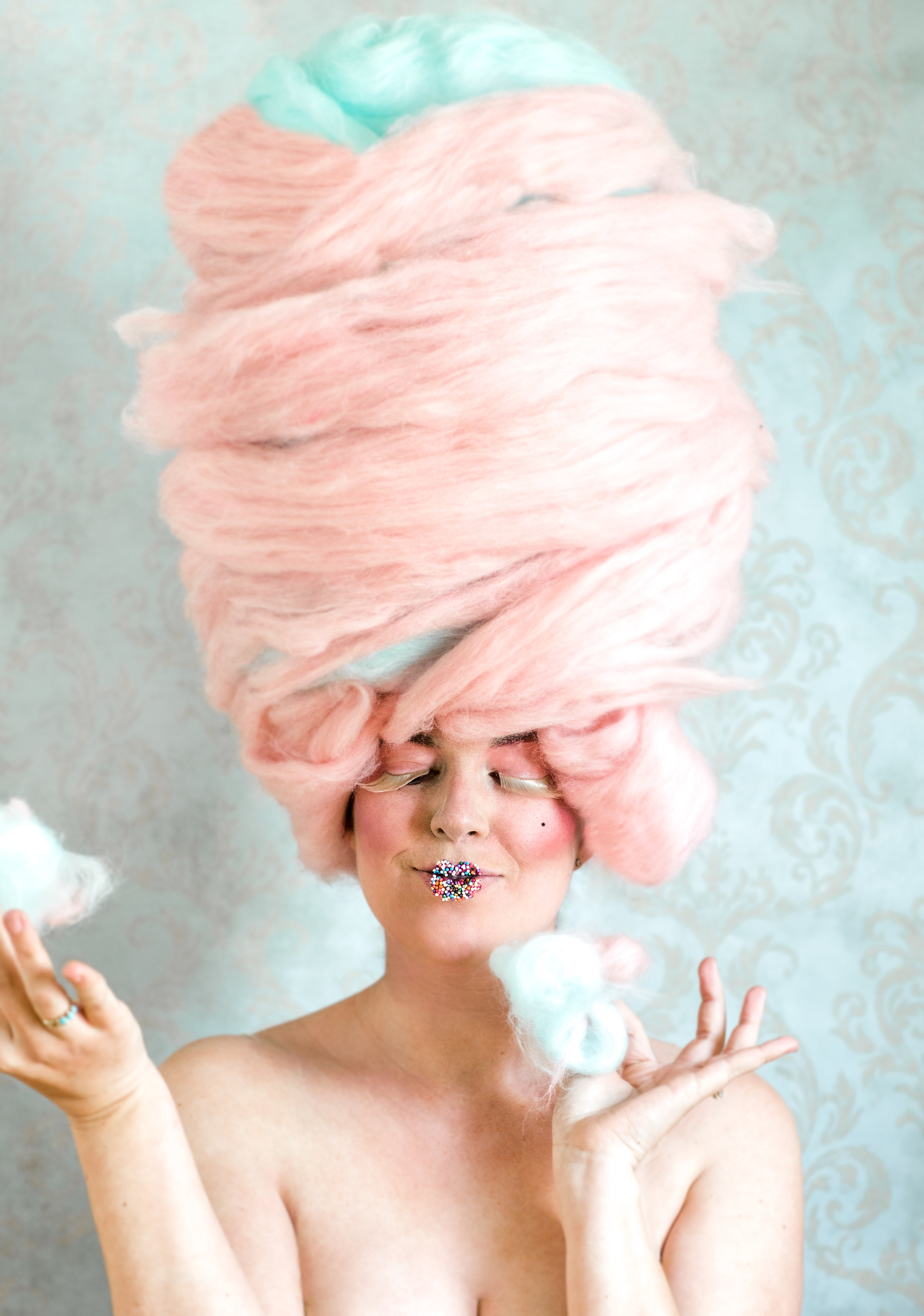One of my most popular blog posts to date was this one: my top tips for getting comfortable in front of a camera no matter if it’s your first (or 100th) time posing for photos. I think it’s about time for even more suggestions! Let’s dive right into it, shall we?
play music
Nothing gets the party started better than a playlist of your favorite music. bring a portable stereo or turn on some music on during your in-home session. it will get you moving and give you something else to concentrate on aside from the person with a camera in your face.
2. practice breathing.
Do this intermittently during the session: close your eyes and take a deep breath. Upon exhalation, open your eyes and look at the camera or onto a focal point in the distance. taking a deep breath relaxes your face and cheeks, causing you not to look strained from holding a smile.
3. pretend you have a funny little secret
… like, pretend you just let out a fart that you’ve been holding in. Or think of what you’d rather be doing right at this second. Think about biting into a slice of pizza or what it feels like to jump into ice cold water. Or just imagine the happiest place you could be. Whatever it is, thinking of something funny or enjoyable will make you smile or laugh in a genuine way.
4. if you feel uncomfortable, speak up
“Mom and Dad kissing is so embarassing and making me uncomfortable. Tell them to stop, please.”
I’m not going to lie, I like to push the limits of my clients just to see what works and what they are willing to do. Sometimes I want to try out a certain pose or I’ll take a chance on a prompt. Sometimes i’ll just keep going until someone tells me to stop. I don’t want someone to fall, I never want someone to strain themselves, and I certainly don’t want someone to do something they aren’t comfortable with. So if the pose isn’t you, say so. There are plenty of other prompts and poses that you can do instead.
5. bring a change of shoes
Sometimes doing something as simple as changing your shoes will make all the difference in your level of comfort. If you have enough time, an entire wardrobe change could be the ticket to making you feel refreshed and ready to keep going, especially if you start to get sweaty or uncomfortable.
6. switch up your location
If a change of shoes doesn’t do enough, plan a change of scenery into your session. Going to a different location usually will spark inspiration, add some color, and give you motivation to finish the session on a high note.
7. take a break.
There’s nothing wrong with taking a moment to grab a water (or an alcoholic beverage if you need some liquid courage), take a seat, change, pet a kitten, go to the bathroom, do a touch up, or whatever you need to clear your mind for a few minutes before continuing. I’d rather take a 10 minute break than force someone to push through if they need a breather. Even supermodels take breaks on set.
8. find a photographer that matches your vibe.
Knowing your photographer’s style of shooting (not just editing!) is so so important. If you like their work and the feeling the images put off, more than likely they will know how to achieve that with you. However, there is always a disclaimer to this. If a photographer has beautiful photos on their website that you LOVE but they are all, say… super dramatic… but you HATE photos of yourself that are serious, then it might not be a good fit. If you’re usually someone who is ready to strike a pose and work the camera, maybe you won’t want a photographer who features more candid, laughing, silly poses. If you LOVE colorful things, maybe don’t choose the photographer that shoots only black and white images. The absolute best way to figure out if you’ll like the outcome of your photos is to ask the photographer for a sample gallery of the type of session you’re after.
Remember: a website is a portfolio meant to display the best of the best of their work, and will usually only feature a small percentage of what is actually delivered to a client.
9. Have a snack
Bring snacks or plan a location where you can order food. This suggestion is for adults and kids alike. Hangry is a true state of mind and a full belly means a happy face.
10. DON’T Bring a 3rd wheel
Nothing will make you feel more unnatural than Mom standing behind you saying, “Yeah. Kiss her. Kiss her good.”
This is important. There is such a thing as “too many cooks” when it comes to photo sessions. You are so much more likely to get comfortable posing and getting cozy in front of a camera without an audience, especially if that audience is someone you know. This is why I discourage parents and friends from tagging along on engagement sessions and watching from the sidelines during first looks. It’s one thing when you feel you have to perform for a camera. Then there’s a totally new added element of pressure when you have someone who potentially has expectations or input on what you should do during a session or moment. The only exception to this rule would be if that person is there specifically to wrangle an animal or child. In which case, be upfront that the photographer is in charge of the session and you are bringing them along to help babysit.
11. shake it like a polaroid picture
Before you move into another pose, shake out your hips, roll your shoulders, and then come to rest on one hip or the other if you’re standing. If one of your knees is slightly bent, you’ll look more relaxed on camera than if both knees are locked. And it’s also just fun and helps everyone loosen up.
I hope these give you some fresh prompts to use during your next session (or selfie!). I’d love to know what works for you and what doesn’t. Leave me a note in the comments if you have more suggestions that have helped you bring out your inner model!






























